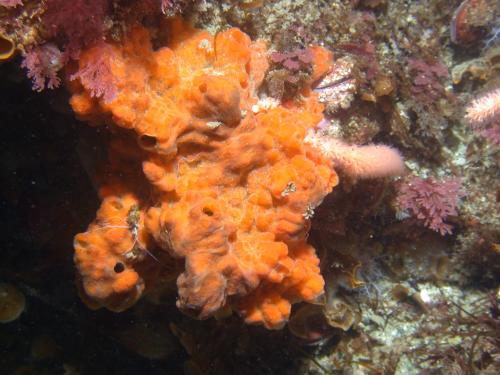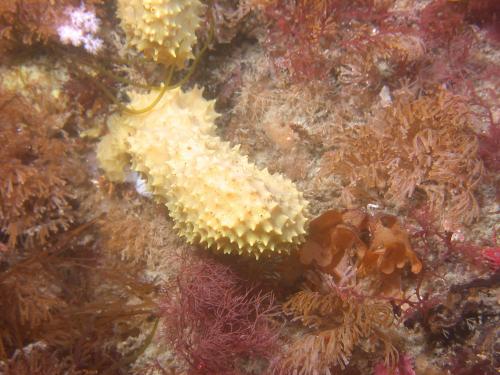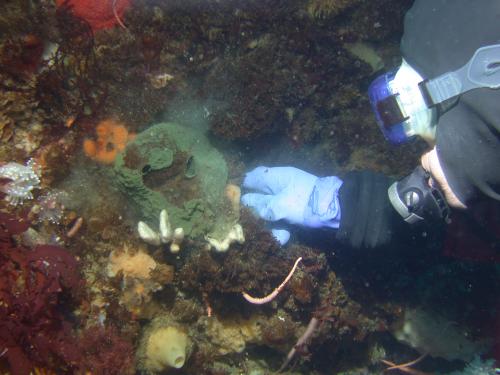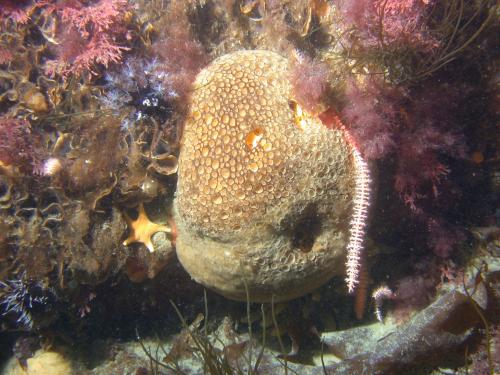There are a lot of different types of sponges here in Antarctica. But, why in the world would anyone want to study sponges, right? Well, sponges have developed some interesting ways to keep from being eaten or attacked. In the biochemical world this is referred to as being defended. It turns out that the compounds sponges produce to defend themselves have been shown to have some promise in human medical experiments. For example, Artemisina plumosa, has shown promise in early trials for activity in cancer targets.

Here in Antarctica there are a couple hundred of different species but, Dendrilla membranosa, Suberites suberites, and Latrunculia apicalis are just a few of the species Andrew and the team are collecting this season for study in the years to come.



To get to these compounds requires a very elaborate process. After collecting the sponges, they need to be freeze dried, or what is called lyophilizing. Back in the lab at University of Southern Florida (USF), Andrew will blend the frozen sponges to increase surface area; he pours dichloromethane and methanol in three rounds while decanting the water and filtering the extract. He then changes to 50% water and 50% methanol solution; the first solution is to extract the non-polar molecules, the second extracts the polar molecules. These extracts are then analyzed using mass spectrometry to obtain a metabolomics profile; nuclear magnetic resonance can also be used to look for interesting profiles. The complex mixture then moves to a bioassay test looking for activity against things such as infectious diseases or cancer. If it proves active against one of these, the researcher tries to narrow down which specific compound in the extract is the active one by following up with a bioassay-guided fractionation using liquid chromatography, which is where they take those complex mixtures in the extract and purify them into simpler mixtures to do the assay tests on. Once the group of compounds is narrowed down, they are sent back for bio-assaying to determine which of the remaining fractions is most likely responsible for the activity; you then test with high performance liquid chromatography to narrow down the remaining few compounds to be tested. Andrew has isolated seven novel compounds – four in the red algae plocamium, and three in the dendrilla sponge. These compounds will be tested in the future and as a natural chemist, it is the pinnacle of your career if one of these compounds you have isolated makes it through the years and years of medical trials and actually ends up in a medicine. Good luck to you Andrew!
Today's Question comes from Liz: "What specific organisms are you looking at to cure diseases?"
Almost all the organisms will be tested for activity for a multitude of medical issues, but Andrew is mainly interested in Sponges and Tunicates.


Comments